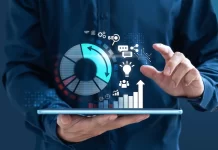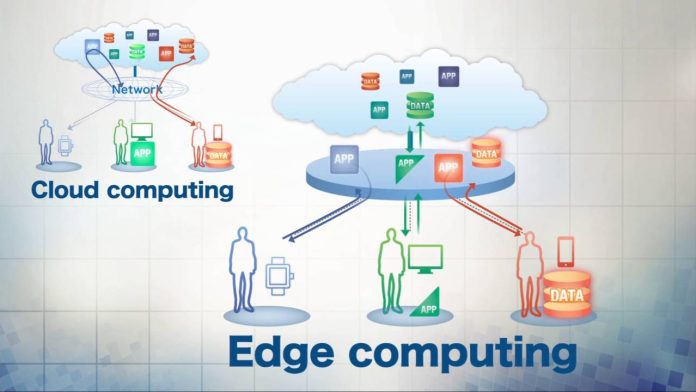Nowadays we all hear a lot about edge computing and cloud computing. Especially since 5G network talks have started gaining popularity these terms are often heard. But what exactly are these computing systems; here is your brief about it:
Cloud Computing:
These are places where data can be stored and applications can be run. A large quantity of data can be stored in the cloud. With clouds, major companies share their servers and can be accessed by users all across the globe. It is a centralized system and is easy to secure and control. For users to use the cloud, they must connect with the server. This will allow them to access all its data. Amazon, Google, and Microsoft are a few companies that make optimum use of cloud services.
Pros
- A large amount of data can be stored in the cloud.
- It is flexible, small companies can expand or scale deployment of clouds as per their requirement. This flexibility is one of its biggest strengths.
- Their maintenance is taken care of by the cloud service providers themselves.
- Cloud computing also supports mobile accessibility.
- The company can save its operation and capital expenditure when using cloud services.
- Even artificial intelligence and machine learning have become more viable with cloud computing.
Cons:
- Because of its centralized nature, it is difficult to process data gathered from the edge of the network.
- Your business will have minimal control over managing firmware or updating because the cloud service providers have main access to it.
- There is also a common risk of data theft, data leakage, or service hijacking.
Edge Computing:
Edge computing is a place where data can be stored. But these are physical environments made up of hardware outside data centers. It is said the edge computing market will rise to a multibillion-dollar elevation. The edge in the name suggests placing computing resources closer to the user or device. Computational needs where there is data collection or a user performs a particular action, this computing method is effective.
Pros:
- Edge computing helps in relocating important data processing to the edge of a network and offers a good solution to latency problems.
- It has different runtimes, hence several different platforms can be used for programming.
- This network tackles attacks as it requires a robust security system.
- It provides a reliable and uninterrupted connection. Can tackle any reboots or program update issue immediately.
- It allows you to filter sensitive data at the source rather than sending it to central data servers.
Cons:
- It has structural and geographical limitations as it has data processing and storage at a local level.
- Loss of data is a common occurrence as it does not have any backup storage. So once data is deleted you do not have a way to retrieve it.
- It is costly to launch and maintain edge devices. They require more hardware and software for optimal performance.
Both computing systems have great use in the technological world, edge computing will be more useful in the future. Edge computing plays a very important role with forecasted growth of 5G in the future. Both the computing systems together can help strengthen the network infrastructure of any company. For what suits your organization best, identity your need, your cost, and take the step to decide which works for you in the finest way.









